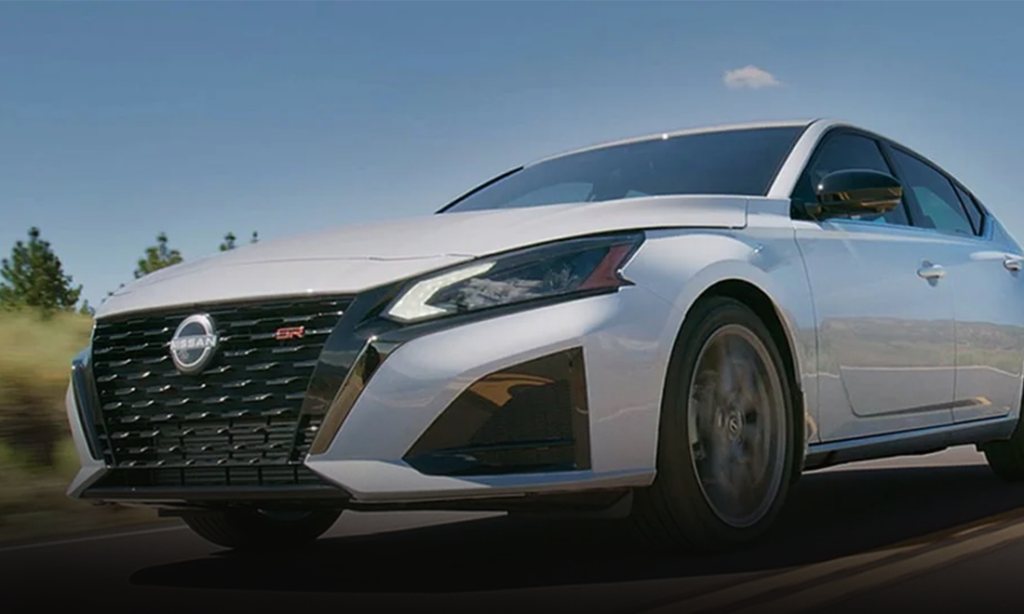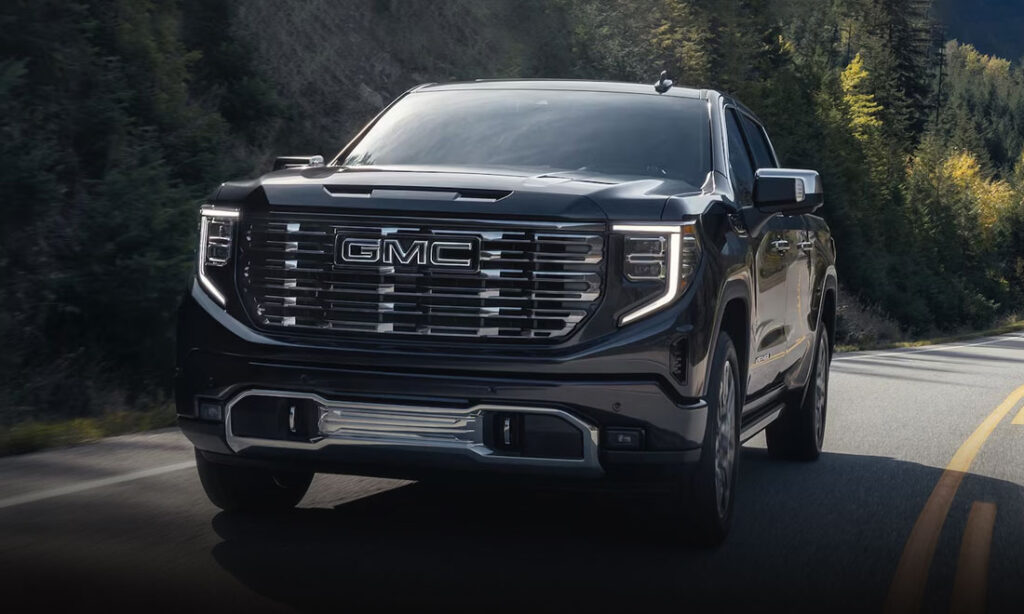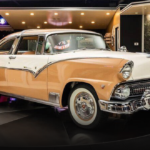Retro Review: Mercury Cougar
Tracing lineage to the original Ford Mustang, this Mercury Cougar retro review dives into what made those early models such cool cats.
Retro Review: Mercury Cougar
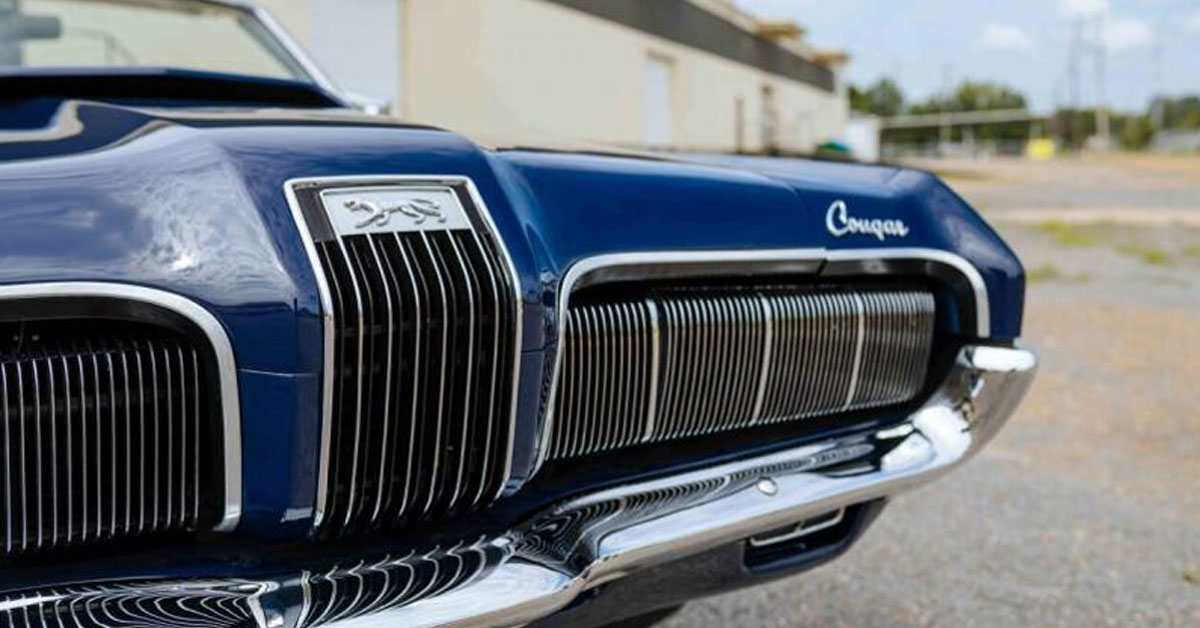
Though the Mercury brand has been gone for 12 years now, it had a good run – 73 years to be exact. For close to half of that period, the automaker turned out perhaps their most famous model in the Mercury Cougar. Arriving on the heels of its corporate cousin, Ford’s Mustang, the Cougar led a varied life from pony car to station wagon to front-wheel-drive sport compact. However, it can be said that the first-generation model was the purest version of the Cougar and so, it’s the one we’ll focus on in this retro review.
Beginnings of the First-Generation Mercury Cougar
Founded in the late 1930s, Mercury’s original intent was to bridge the gap in price between a mainstream Ford and a luxury Lincoln. After World War II, Blue Oval corporate elected to create a combined Lincoln-Mercury division that was intended to pull in middle-class buyers with Mercs, while keeping those customers in the family when they were ready for something fancier.
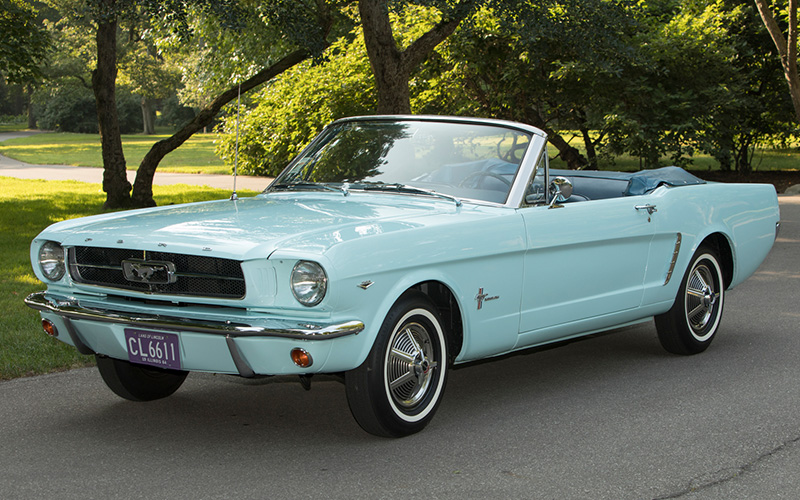
The history of Ford’s Mustang is well-known, with the pony car progenitor landing in 1964 and leading to a decades-long hit list that we cover here. In the lead-up to this launch, Lincoln-Mercury was working on a luxury version code-named T-7 (the Mustang was known internally as T-5). Because Ford executives were unsure the incoming Mustang would succeed, they delayed further work on the Lincoln-Mercury model.
However, the Mustang quickly exploded in popularity and so, Lee Iacocca – who oversaw both divisions at the time – greenlit the Cougar. Interestingly, the Mustang was nearly named the Cougar with a full complement of Ford Cougar badges and emblems developed for production. But in the end, the Mustang nameplate won out and the Cougar title went to the Mercury – which itself was originally to be known as the Apollo.
Cousin to the Mustang, With its Own Flair

To appease Ford brass, that was skeptical at the concept of a Mustang competitor under the same corporate roof, the first-generation 1967 Mercury Cougar went above and beyond the typical badge engineering playbook. For one thing, the wheelbase was three inches longer and the car itself stretched nearly seven inches more than the Mustang with which it shared a platform.
A large percentage of that extra length was forward of the cowl serving to exaggerate the long-hood, short-deck style the Mustang so successfully displayed. As part of Lincoln-Mercury’s goal of selling the Cougar as a more luxurious pony car, they marketed its “European flair” defined by hidden headlights and a signature slatted front and rear end treatment that would come to be called the “electric-shaver grille”. Furthering that upscale approach was over 100 pounds of added sound insulation and a softer suspension tune.
Upgraded Engine and an Upgraded Price

Additionally, the Cougar came standard with a V8 power plant versus the Mustang which came with a straight-6 and the option for eight-cylinder power. The 1967 Cougar was outfitted with a 289 CID V8 base engine that generated 200 horsepower with a two-barrel carburetor, or a four-barrel carburetor that generated 225 horsepower. For 1968, base Cougars were fitted with a 302 CID V8 rated for 210 horsepower when equipped with a two-barrel carburetor, and 230 horsepower with the four-barrel carb.
There was also the available GT model with a 4-barrel 390 CID variant, known as the “Marauder”, punched up to 320 horses. A 3-speed manual transmission was standard with the option for a 4-speed – both of which routed power to the rear wheels.
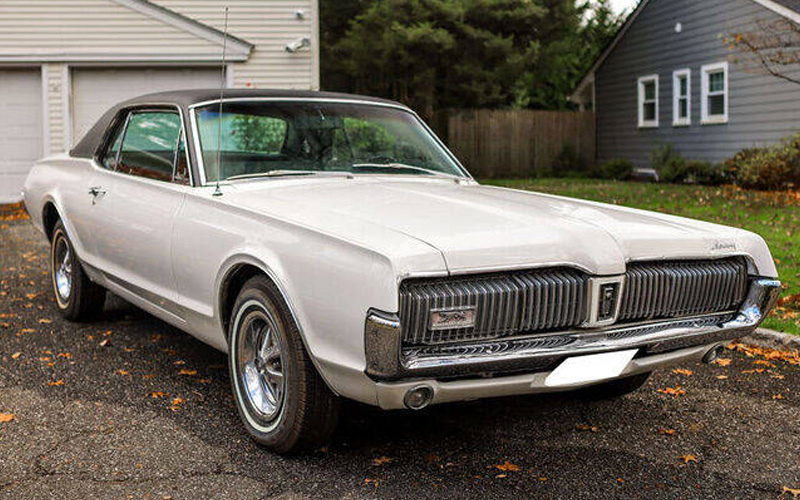
In line with these upmarket aspirations, a brand-new 1967 Mercury Cougar had a base price of about $2,855, which was $285 more than an entry-level Mustang. When the XR-7 model arrived the following year, it ran close to $4,500 when fully loaded. A top-spec Cougar GTE was also introduced in 1968 boasting 390 horsepower from its 427 cubic inch brute under the hood – a figure that translates to seven liters of displacement.
These early Cougars were also raced in the SCCA Trans-Am Series with factory support and the skills of legendary drivers Dan Gurney and Parnelli Jones. Though the team placed second overall in 1967, this was yet another display of the Cougar competing directly against the Mustang, and Ford corporate didn’t like that. Plus, pitching the Cougar as a racecar was at odds with the luxury plan, and as such, the factory quit backing the racing team after just one year. With the benefit of historical hindsight, that decision appears to have been ill-advised.
Mid-Cycle Overhaul
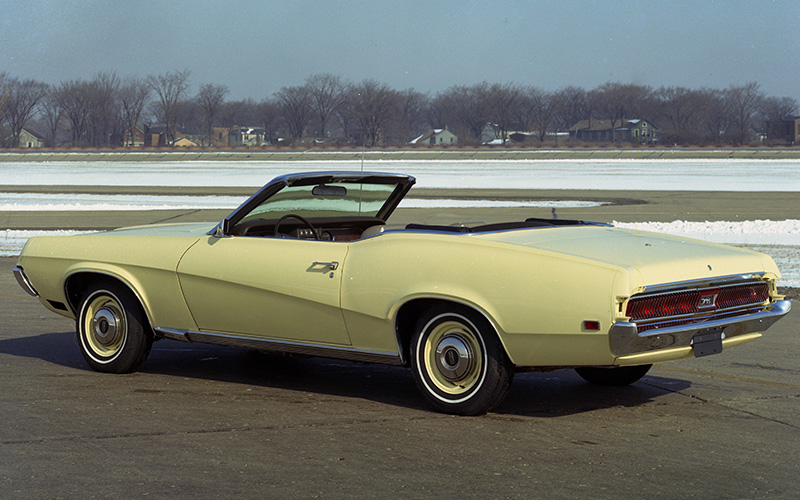
Mercury sold over 150,000 Cougars in 1967 and 113,000 in 1968. By 1969, sales barely cracked 100,000 and continued to fall in the coming years. Perhaps some of that can be attributed to removing the excitement factor of seeing a Cougar on the track – these were the golden days of SCCA racing after all. However, the first-gen Cougar also underwent a major mid-cycle overhaul in 1969 that dramatically changed the car’s character to perhaps even greater detriment.
Sitting on the same wheelbase as the initial models, the Cougar added 3 ½ inches of length and four inches of width for 1969 plus another two inches of length for 1970. The crisp lines from 1967 gave way to a “Coke bottle” style that, along with the larger size and heavier weight, lent the revised Cougar a notably more bloated look.
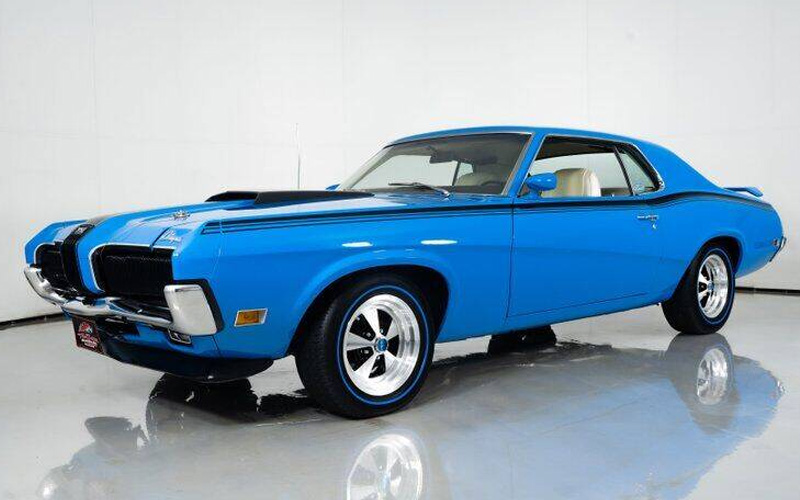
Now, it’s not as though Mercury gave up on creating an exciting Cougar. For 1969, new features like “Comfort-Stream Ventilation”, door-mounted stereo speakers, and a rim-blow horn helped build on the luxury promise. And in 1970, Mercury nabbed the Mustang’s Boss 302 powertrain, stuffed it in the Cougar, and named it “Eliminator” with wild colors like Competition Orange and Pastel Blue on tap.
From Pony Car to Luxury Sedan
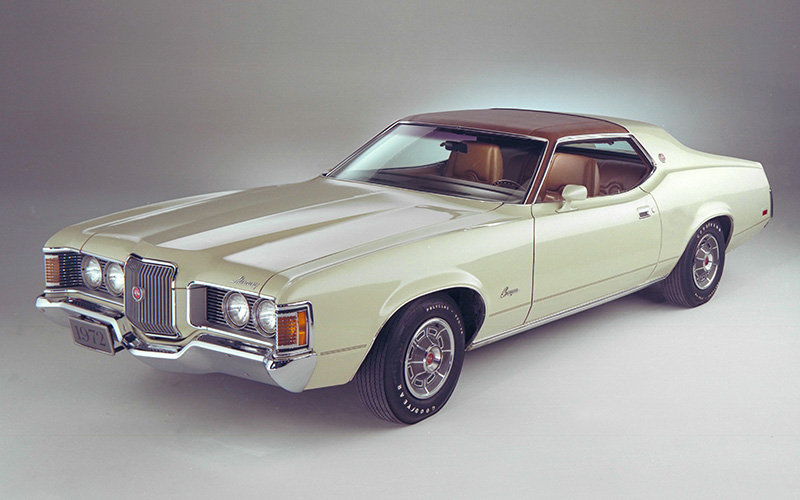
Unfortunately, it didn’t help much as Cougar sales in the final year of the first generation, 1970, totaled around 72,000, a far cry from 1967. Mercury would go on to build another seven generations of the Cougar through 2002 however, it would never achieve the same fame as the Mustang as we note in this list of unsung classics. Aside from the fourth generation, later Cougars would not sell as well as in those first two years. There are a host of reasons for this, from waning consumer interest in coupes to the tightening of federal regulations.

From a subjective perspective however, you don’t need to be a professional designer to see how the Mercury Cougar transitioned from an upscale Ford Mustang – a seemingly smart business model – to a frilly luxo-barge unsure of where it belongs in the industry landscape. This is borne out by how the early models continue to command high dollars today. Yes, a late ‘60s Mustang Boss 429 will always dominate lists like this one detailing the hottest muscle cars on the market, but a ’69 Cougar XR-7 Cobra Jet 428 is nothing to sneeze at.



